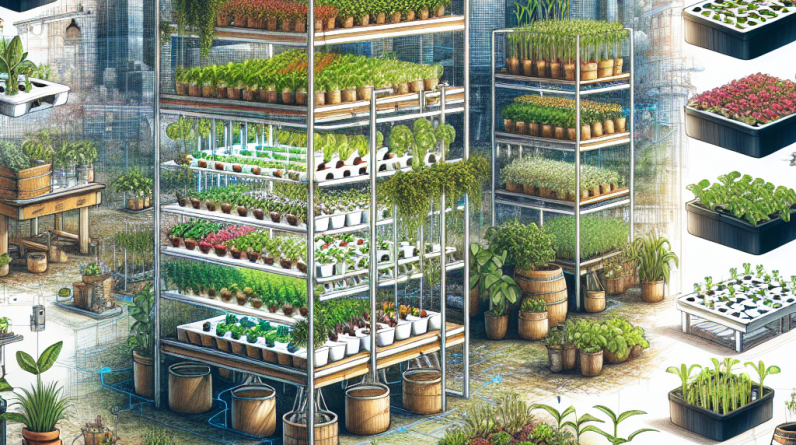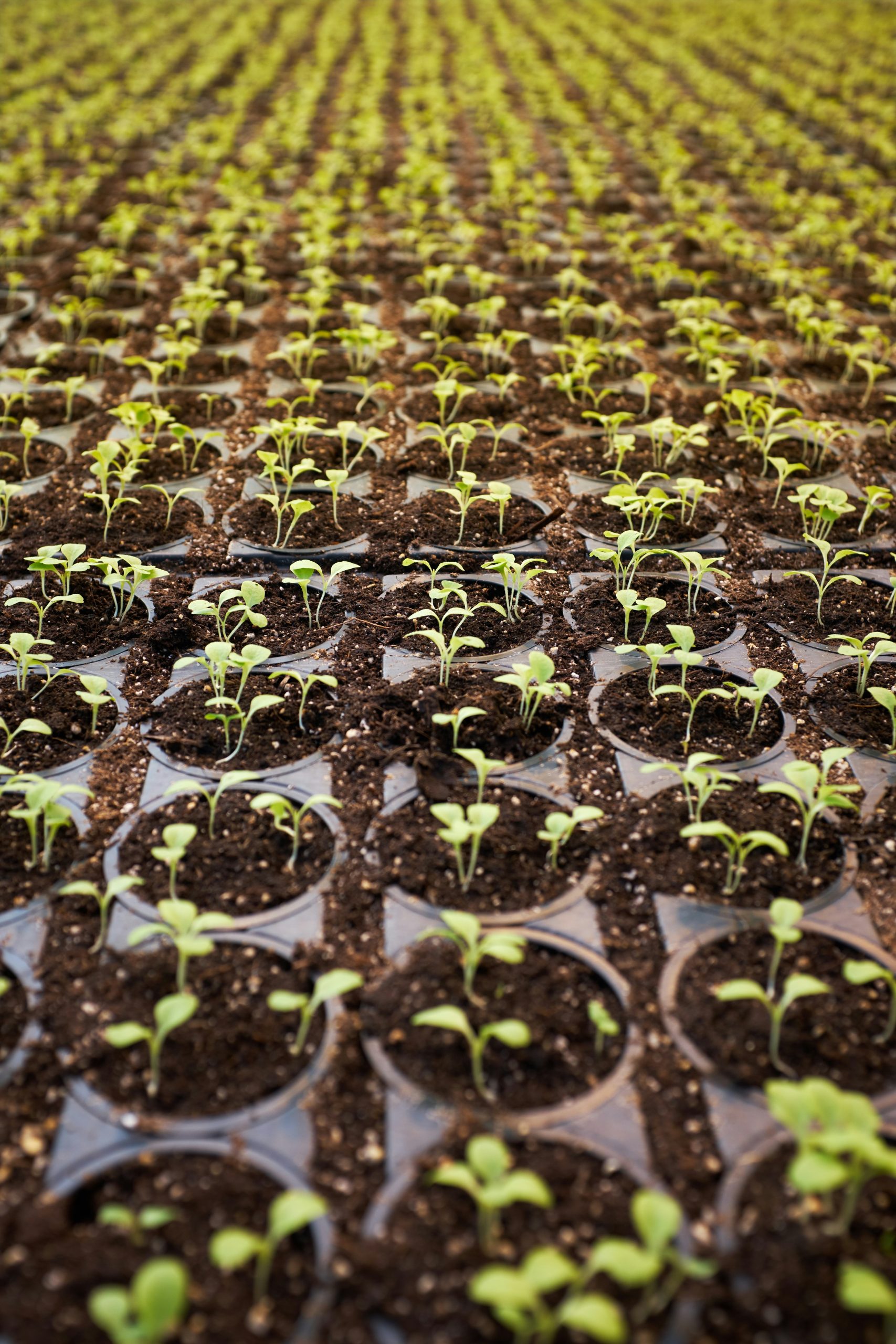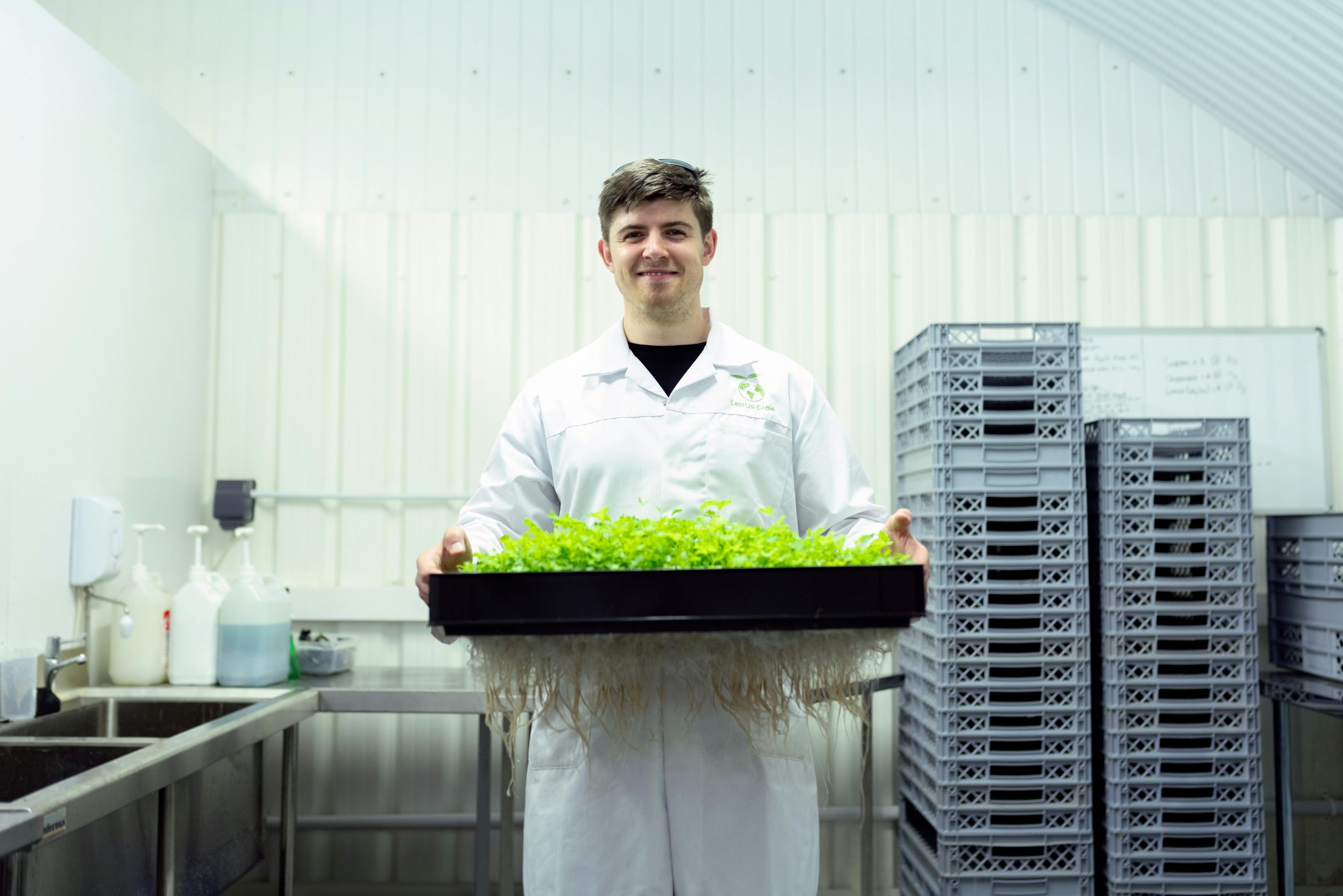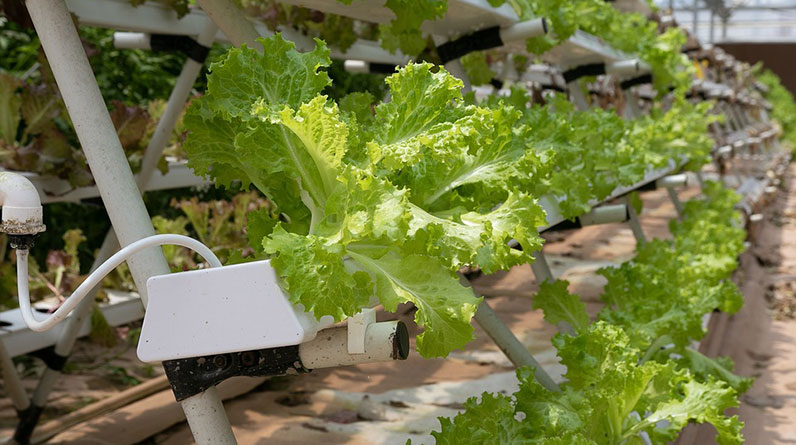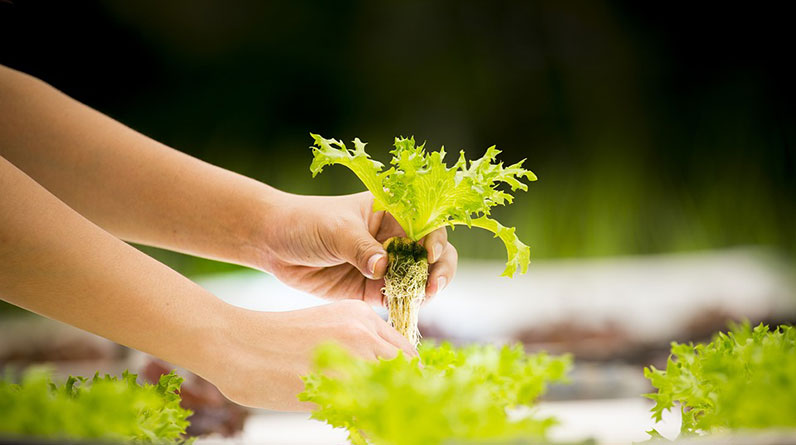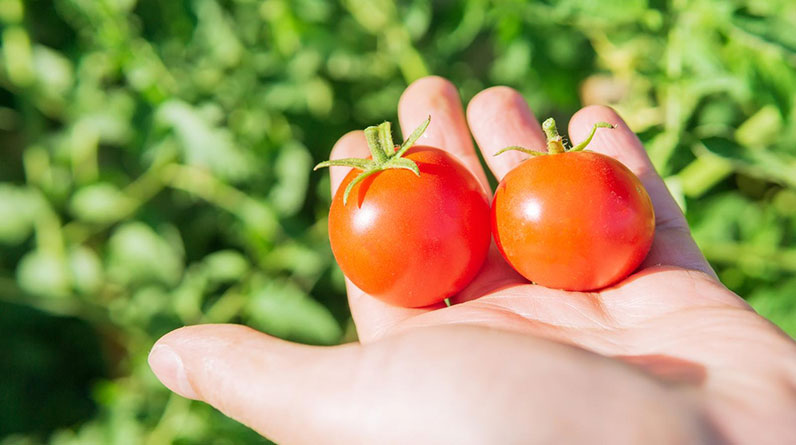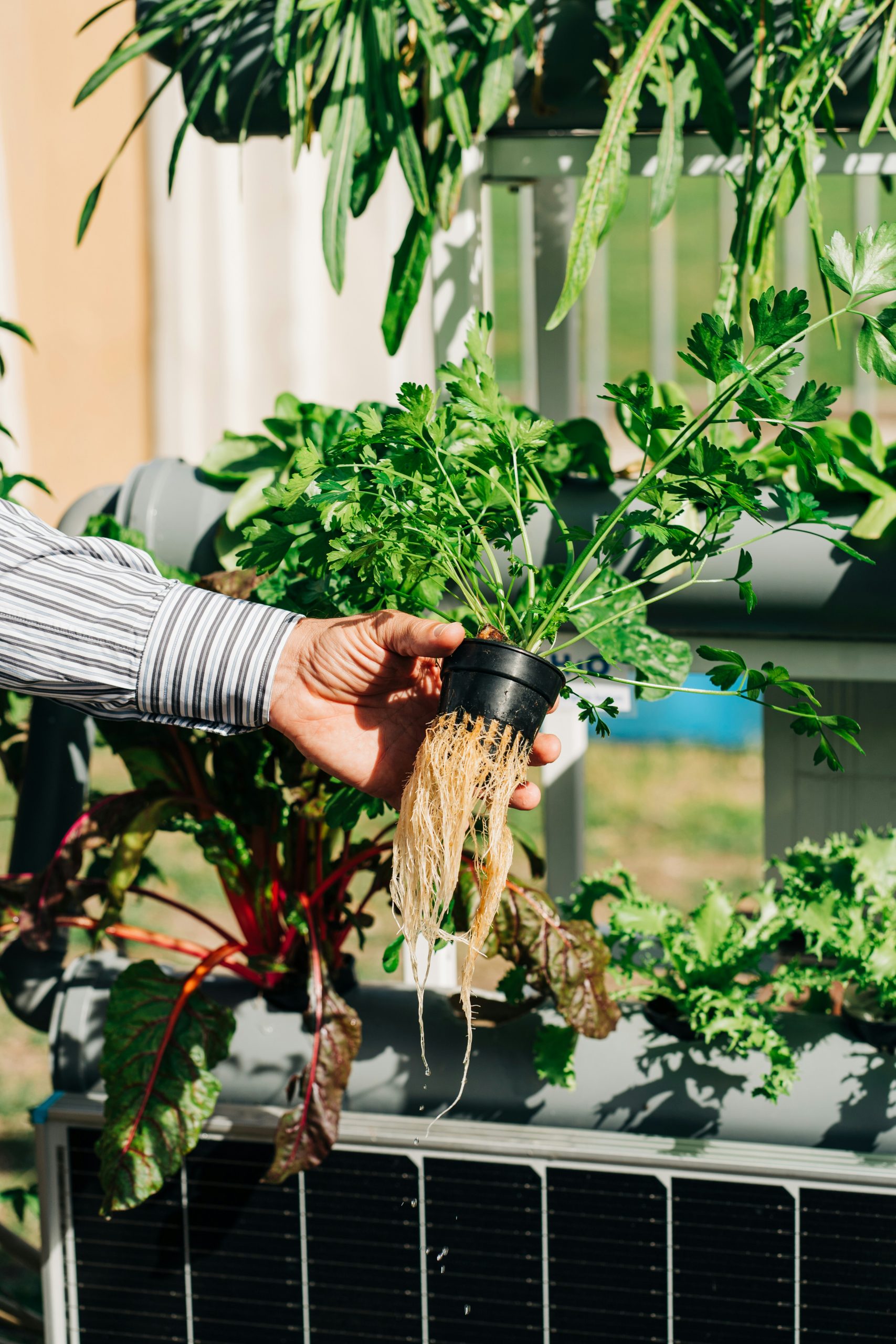
- 1. Top-Performing Vertical Hydroponic Systems in 2025
- 2. Innovative Designs for Optimized Yield
- 3. Advanced Nutrient Delivery Technologies
- 4. Smart Monitoring and Automation in Vertical Farming
1. Top-Performing Vertical Hydroponic Systems in 2025
Overview of Leading Vertical Hydroponic Systems
As 2025 progresses, the market for vertical hydroponic systems has expanded rapidly. The best systems this year leverage innovative designs, energy efficiency, and scalability to maximize crop yields. From compact countertop models to large-scale commercial setups, understanding the top-performing vertical hydroponic systems is essential for growers aiming for maximum productivity.
In exploring these systems, it’s notable that many incorporate modular components, enabling growers to customize setups based on available space and crop types. These designs are also focusing heavily on ease of maintenance, which directly impacts yield outcomes by reducing downtime.
For example, the AeroGrow FloPlan system has gained popularity due to its space-saving vertical stacking and integrated climate controls. It exemplifies the trend toward more intelligent and user-friendly vertical hydroponic systems in 2025.
Best Features to Look for in 2025
When evaluating the best vertical hydroponic systems today, focus on features like automated nutrient delivery, adjustable lighting, and water recycling capabilities. These features contribute significantly to increasing crop yield while reducing resource consumption.
Resiliency and scalability are also key factors. The most successful systems in 2025 are designed to grow with your operation, whether you’re a hobbyist or managing a commercial farm. Look for brands incorporating IoT (Internet of Things) connectivity to allow remote monitoring and control.
Stay updated on recent innovations, like vertical towers with integrated sensors for real-time pH, humidity, and temperature adjustments, as these technologies are proven to enhance plant health and yields.
2. Innovative Designs for Optimized Yield
Stackable and Modular System Innovations
One of the standout trends in 2025 is the rise of stackable and modular designs. These allow growers to expand their vertical hydroponic systems seamlessly, increasing yield potential without requiring additional floor space. Modular units can be customized, swapped out, and upgraded easily, making them ideal for both small-scale and large-scale applications.
For instance, the modular vertical farms from GreenTech Innovations feature adjustable shelves that optimize light exposure and airflow. This results in healthier plants and higher yields over time. Such designs are especially popular as they can be configured to suit various crop types, from leafy greens to herbs.
Additionally, these designs foster energy efficiency by reducing unnecessary lighting and ventilation, which is crucial given the rising energy costs in 2025.
Vertical Tower Structures with Enhanced Light Penetration
Another significant innovation involves vertical towers engineered for optimal light penetration. These structures use reflective surfaces or specialized LED configurations to ensure every plant receives adequate light, which enhances photosynthesis and crop development.
For example, the LightWave Tower system employs reflective internal surfaces that maximize light distribution, reducing the need for excessive lighting energy inputs. This technique has proven to increase yields by up to 30% while decreasing operational costs.
Such designs are especially valuable for commercial growers seeking to scale efficiently without compromising plant health or productivity.
3. Advanced Nutrient Delivery Technologies
Automation and Precision Nutrient Management
Advanced nutrient delivery is at the forefront of vertical hydroponic systems in 2025. The integration of automation and precision dosing technologies allows growers to deliver the right nutrients at the right time, which is vital for maximizing yield.
Automated systems now incorporate real-time sensors that monitor plant needs and adjust nutrient concentrations accordingly. For example, the NutriFlow system detects changes in pH and electrical conductivity, adjusting nutrient flow automatically to prevent deficiencies or toxicities.
This precise management reduces waste, lowers operational costs, and ensures consistent crop quality, all contributing to higher yields.
Use of Organic and Sustainable Nutrients
With increasing consumer demand for organic produce, 2025 systems are integrating sustainable nutrients derived from organic sources. These nutrients work well with advanced hydroponic setups, fostering healthier plant growth and better yields.
Some nutrient solutions incorporate bio-stimulants and beneficial microbes, which enhance nutrient uptake and resilience to pests. These innovations are also environmentally friendly, aligning with the global trend of sustainable agriculture.
Implementing organic-based nutrients in vertical hydroponic systems is proving to be a game changer for eco-conscious growers aiming for high productivity.
4. Smart Monitoring and Automation in Vertical Farming
IoT-Enabled Monitoring Systems
The advent of Internet of Things (IoT) technology has transformed vertical hydroponic systems in 2025. Growers now utilize connected sensors that continuously track environmental parameters like temperature, humidity, and nutrient levels.
These IoT systems send real-time data to centralized control units or mobile apps, enabling instant adjustments. For example, the SensorGrow platform provides farmers with insights and alerts, ensuring optimal conditions for maximum yield.
This automation minimizes human error and maximizes crop performance, making it possible for even small-scale growers to compete with large operations.
Automation and Robotic Assistance
Automation extends beyond monitoring to include robotic systems for planting, maintenance, and harvesting. Advanced robotic arms are capable of delicate tasks like pruning and picking, which reduces labor costs and increases efficiency.
These robots, paired with smart control systems, ensure consistency and speed that human workers cannot matchâespecially when dealing with dense vertical farms. This level of automation is highly beneficial in 2025, where crop yield and efficiency are critical metrics of success.
By integrating these technologies, vertical hydroponic systems become truly smart farms capable of sustained high productivity.
Conclusion
In 2025, vertical hydroponic systems have evolved into highly efficient, scalable, and technologically advanced setups. As Iâve explored in this guide, the key to maximizing yield lies in choosing systems that incorporate innovative designs, precise nutrient management, and smart automation. The exact keyword phrase, “vertical hydroponic systems,” remains at the core of successful indoor farming strategies today.
Whether you’re just starting or expanding your existing operation, understanding these cutting-edge systems will help you achieve higher productivity, better resource efficiency, and greater sustainability. Embrace these trends, and you’ll be well on your way to harvesting a bumper crop in 2025 and beyond.
Frequently Asked Questions
1. What are the best vertical hydroponic systems in 2025?
The best vertical hydroponic systems in 2025 feature modular designs, advanced automation, and integrated IoT sensors. Systems like AeroGrow FloPlan and LightWave Tower are popular for their efficiency and scalability.
2. How do vertical hydroponic systems increase crop yields?
These systems optimize space, improve light distribution, and provide precise nutrient deliveryâfactors critical for maximizing crop yield. Innovative structures and automation ensure plants receive optimal conditions continuously.
3. Are vertical hydroponic systems suitable for small-scale growers?
Absolutely! Many vertical hydroponic systems are designed to be scalable, making them perfect for hobbyists and small farms looking to increase productivity without huge space requirements.
4. What are the most sustainable vertical hydroponic systems in 2025?
Systems that incorporate organic nutrients, water recirculation, and energy-efficient lighting are the most sustainable options. Technologies like LED lighting and closed-loop nutrient systems greatly reduce resource waste.
5. How do I choose the right vertical hydroponic system for my needs?
Consider your available space, crop types, budget, and desired level of automation. Research the latest innovations and opt for systems offering adaptability and energy efficiency to maximize your yield.
<!–  –>
–>


